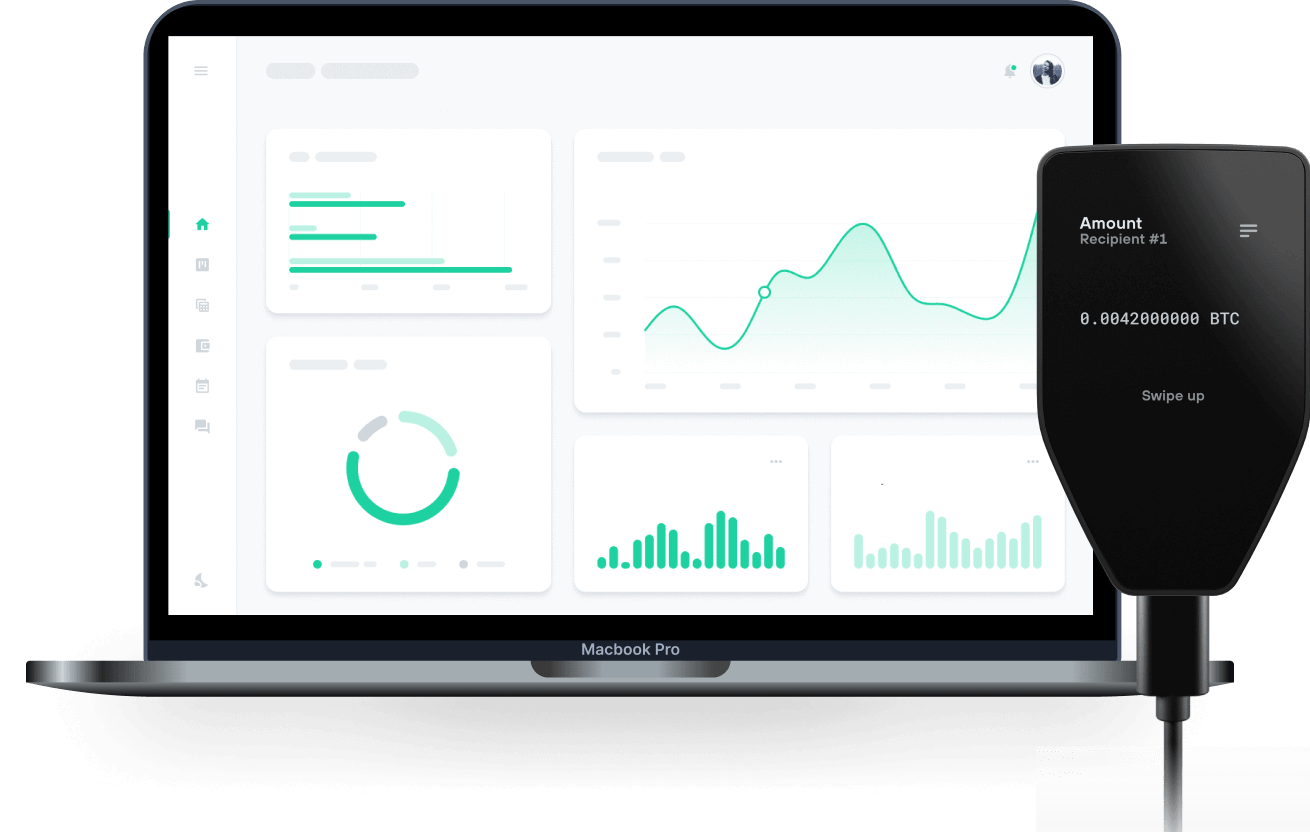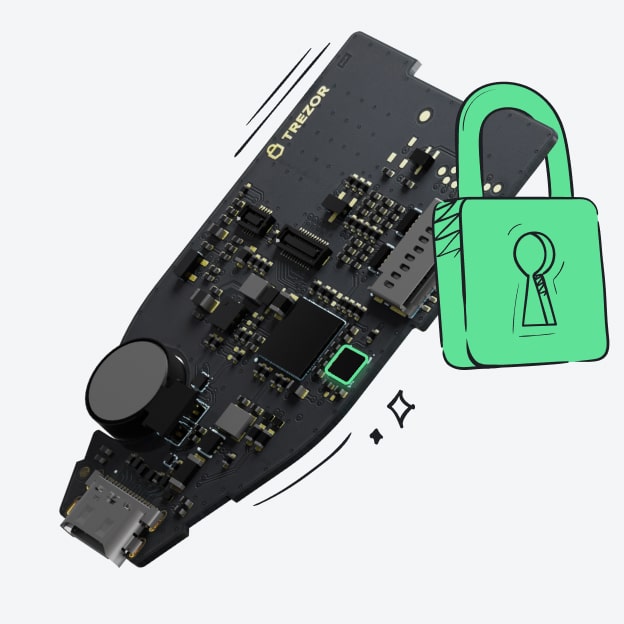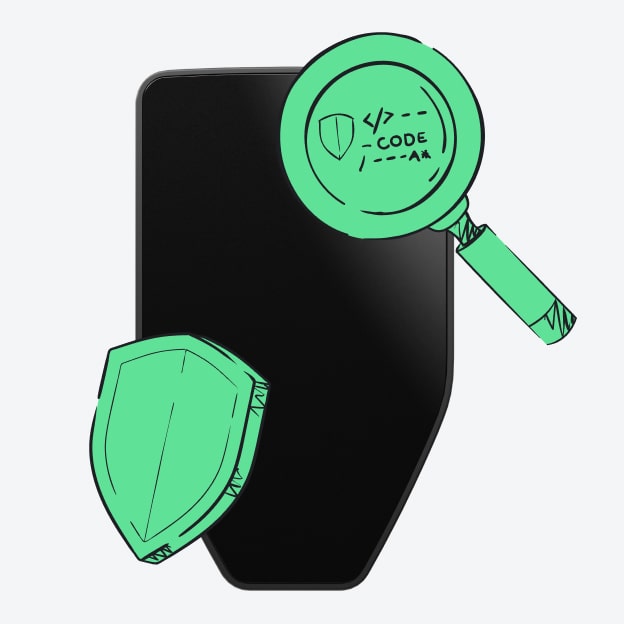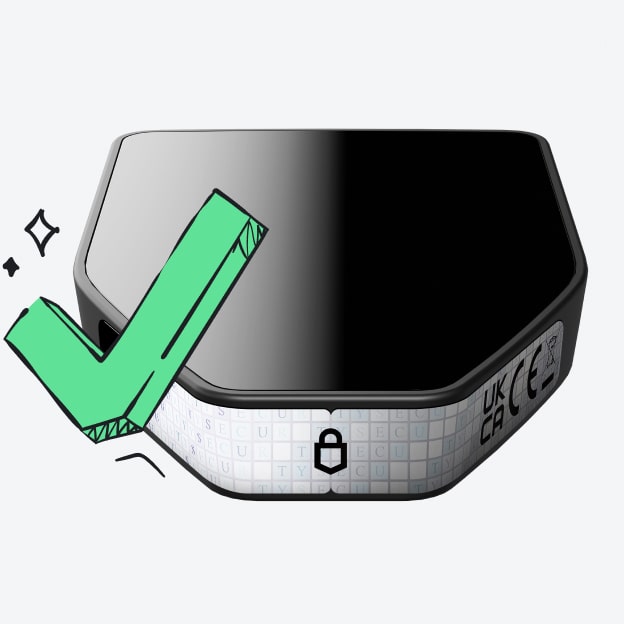Safe & secure NEM wallet
Use the security of your Trezor hardware wallet to safely manage your NEM.
- Secured by your hardware wallet
- Trusted by over 2 million customers

Send & receive your NEM with Trezor Hardware wallets

Send & receive

Swap
Trezor hardware wallets that support NEM
Supported NEM Network
- NEM
Why a hardware wallet?
Go offline with Trezor
- You own 100% of your coins
- Your wallet is 100% safe offline
- Your data is 100% anonymous
- Your coins aren’t tied to any company
Online exchanges
- If an exchange fails, you lose your coins
- Exchanges are targets for hackers
- Your personal data may be exposed
- You don’t truly own your coins
How to XEM on Trezor
Connect your Trezor
Open a third-party wallet app
Manage your assets
Make the most of your XEM
Trezor keeps your XEM secure
 Protected by Secure Element
Protected by Secure ElementThe best defense against both online and offline threats
 Your tokens, your control
Your tokens, your controlAbsolute control of every transaction with on-device confirmation
 Security starts with open-source
Security starts with open-sourceTransparent wallet design makes your Trezor better and safer
 Clear & simple wallet backup
Clear & simple wallet backupRecover access to your digital assets with a new backup standard
 Confidence from day one
Confidence from day onePackaging & device security seals protect your Trezor’s integrity
NEM was a blockchain platform launched in March of 2015. At the time it was one of the pioneers of the industry and sought to improve on the imperfections found on other chains at the time. It was one of the first non-turing complete chains to feature user-defined tokens (called mosaics), namespaces, multisignature accounts, and a P2P reputation system based on EigenTrust++. Its most notable contribution, however, was the PoI consensus mechanism which sought to reward on-chain activity and deter the concentration of wealth commonly associated with proof-of-stake. Its client, NIS, is written in Java. Today, NEM remains a highly-traded cryptocurrency. Current development is centered around NEM's merge with another blockchain platform: Symbol.